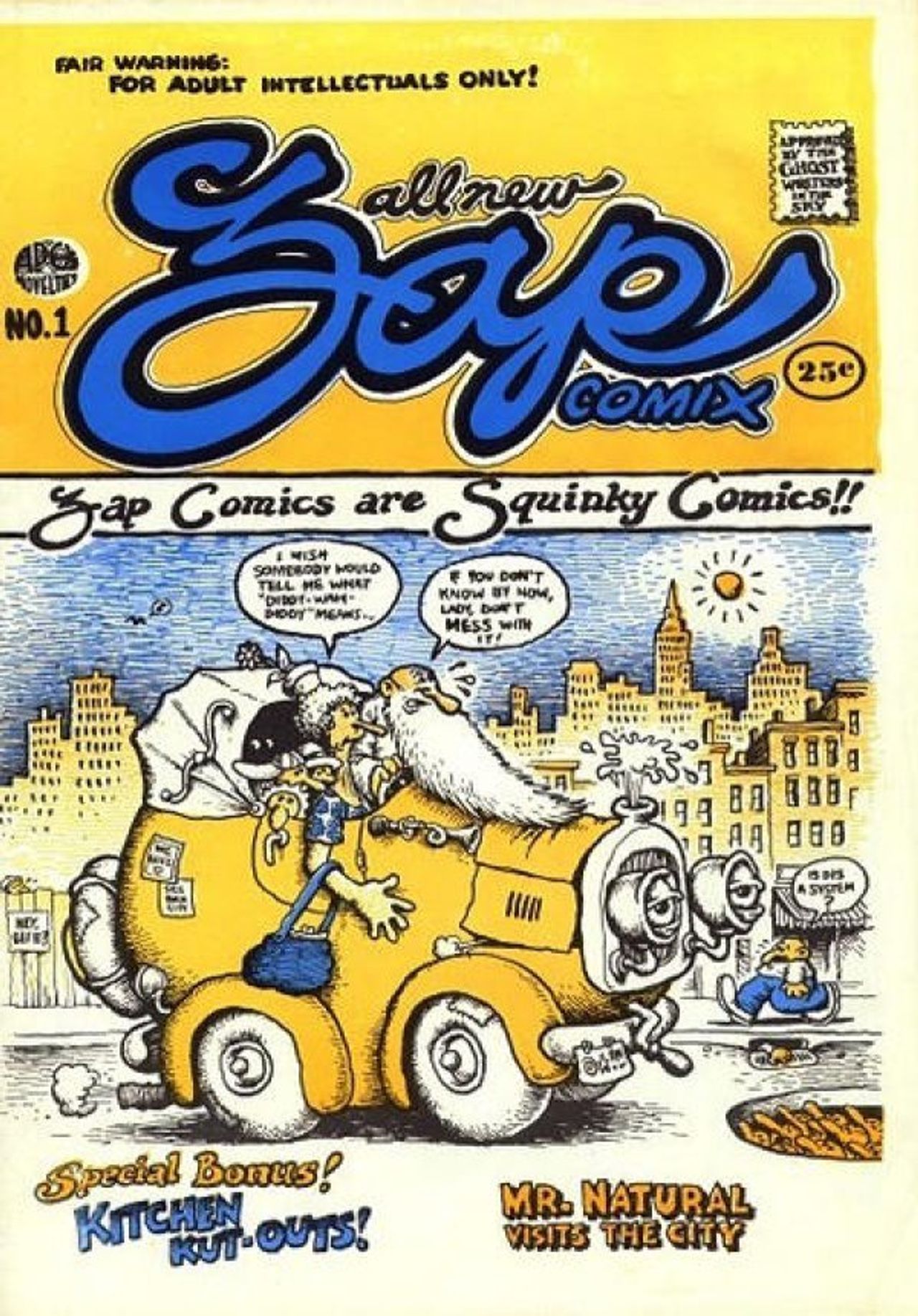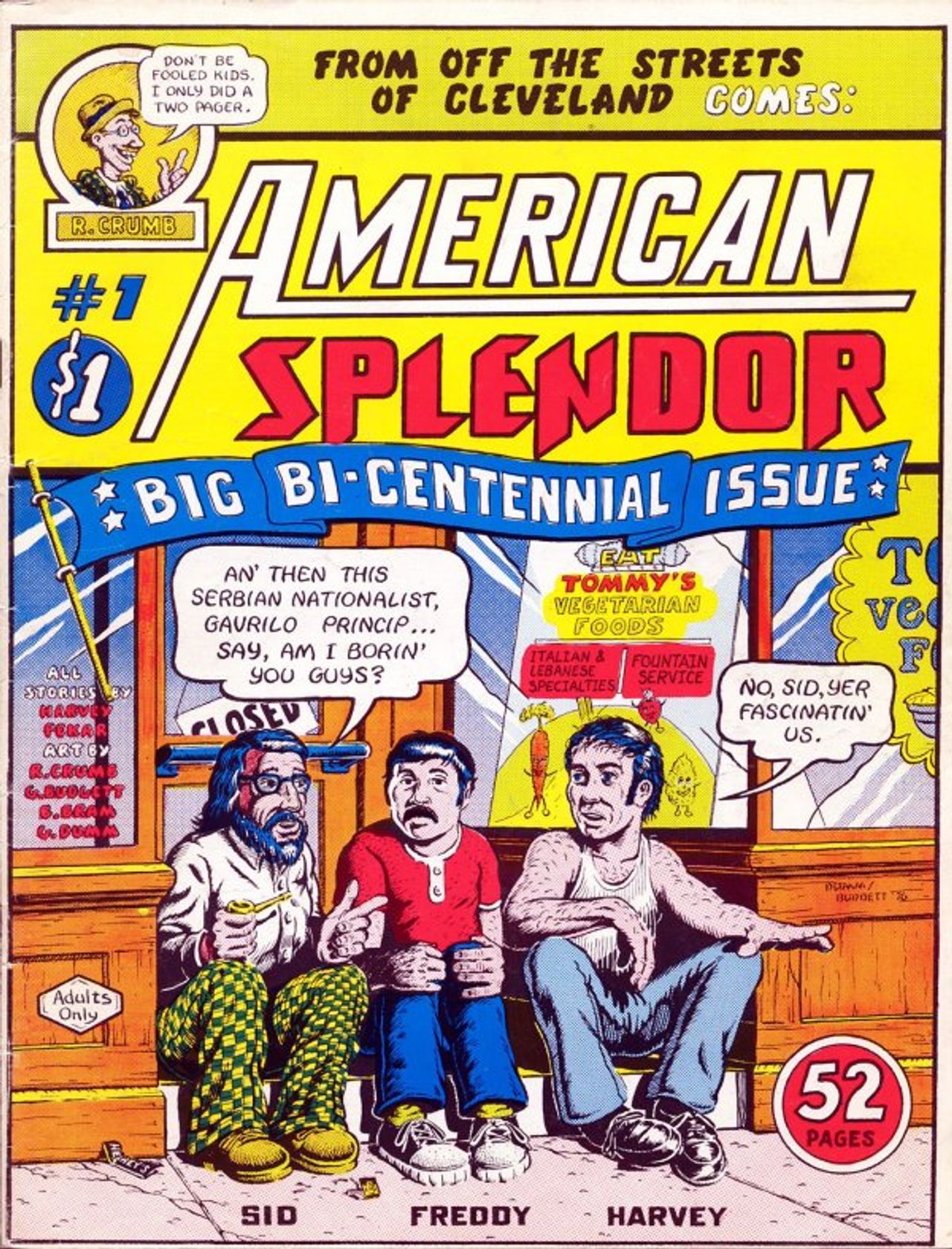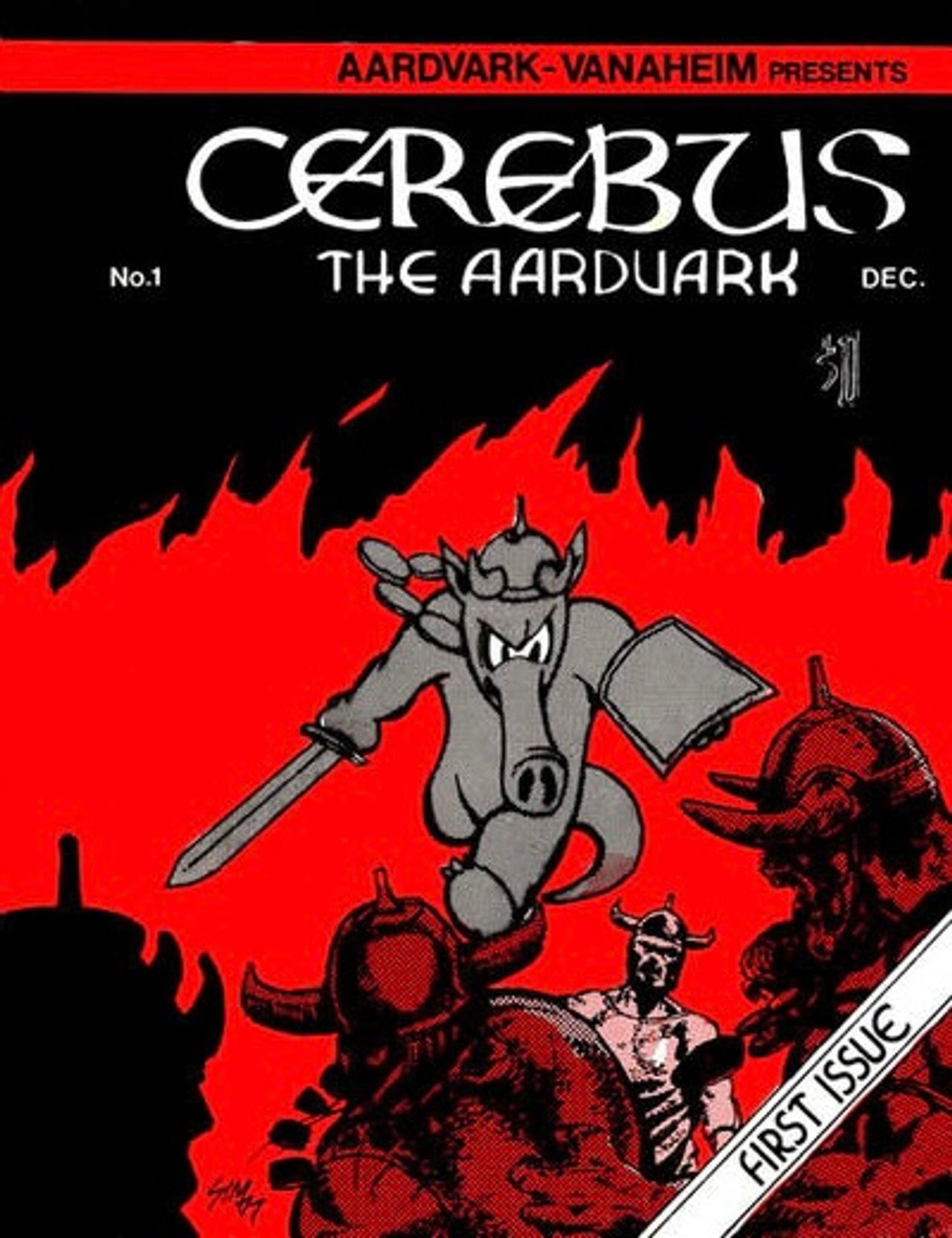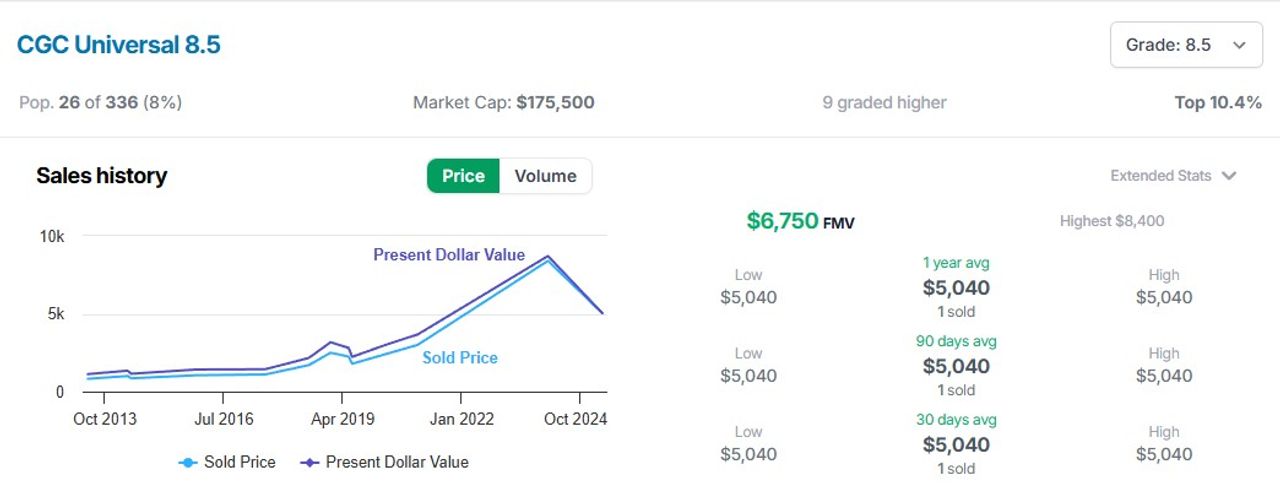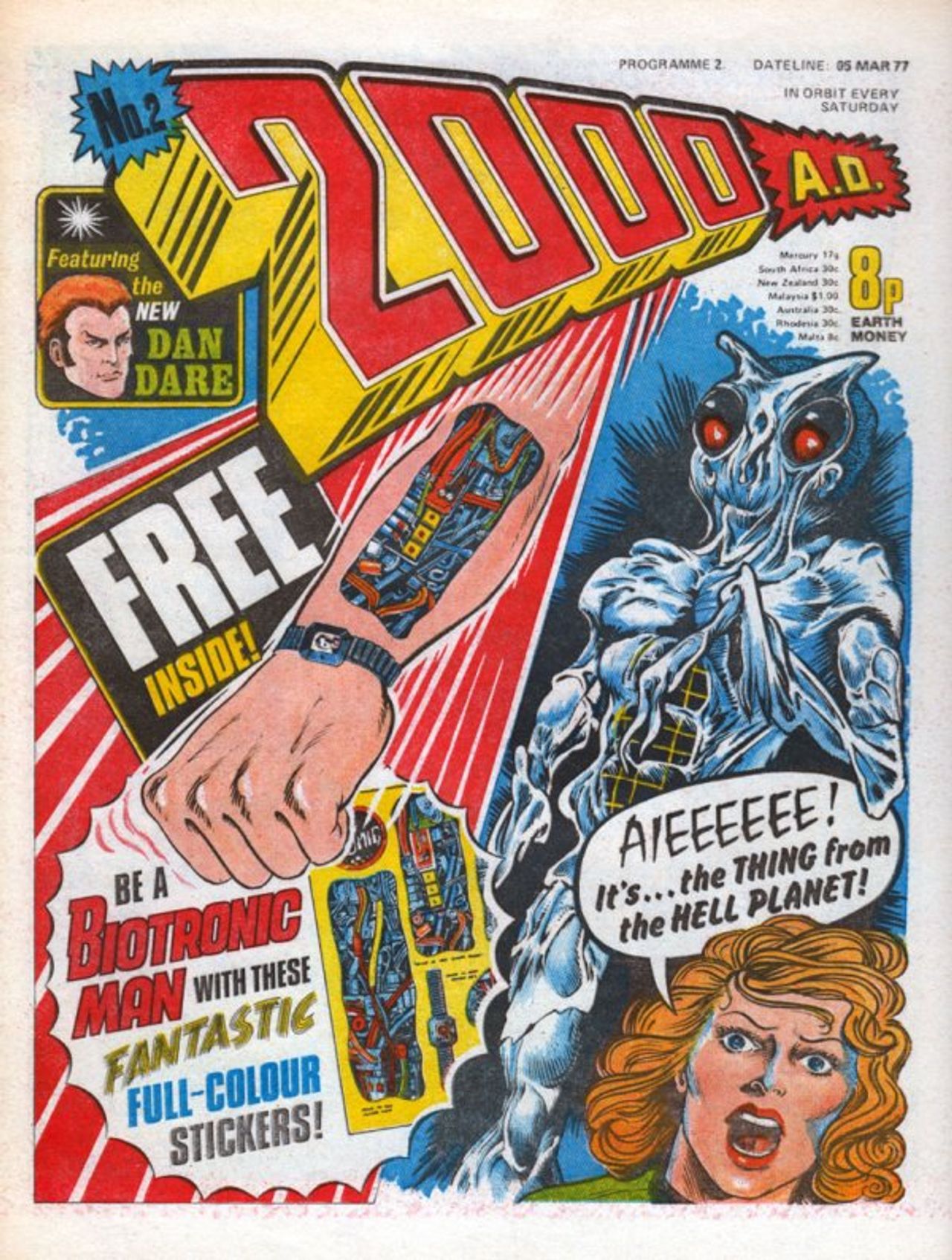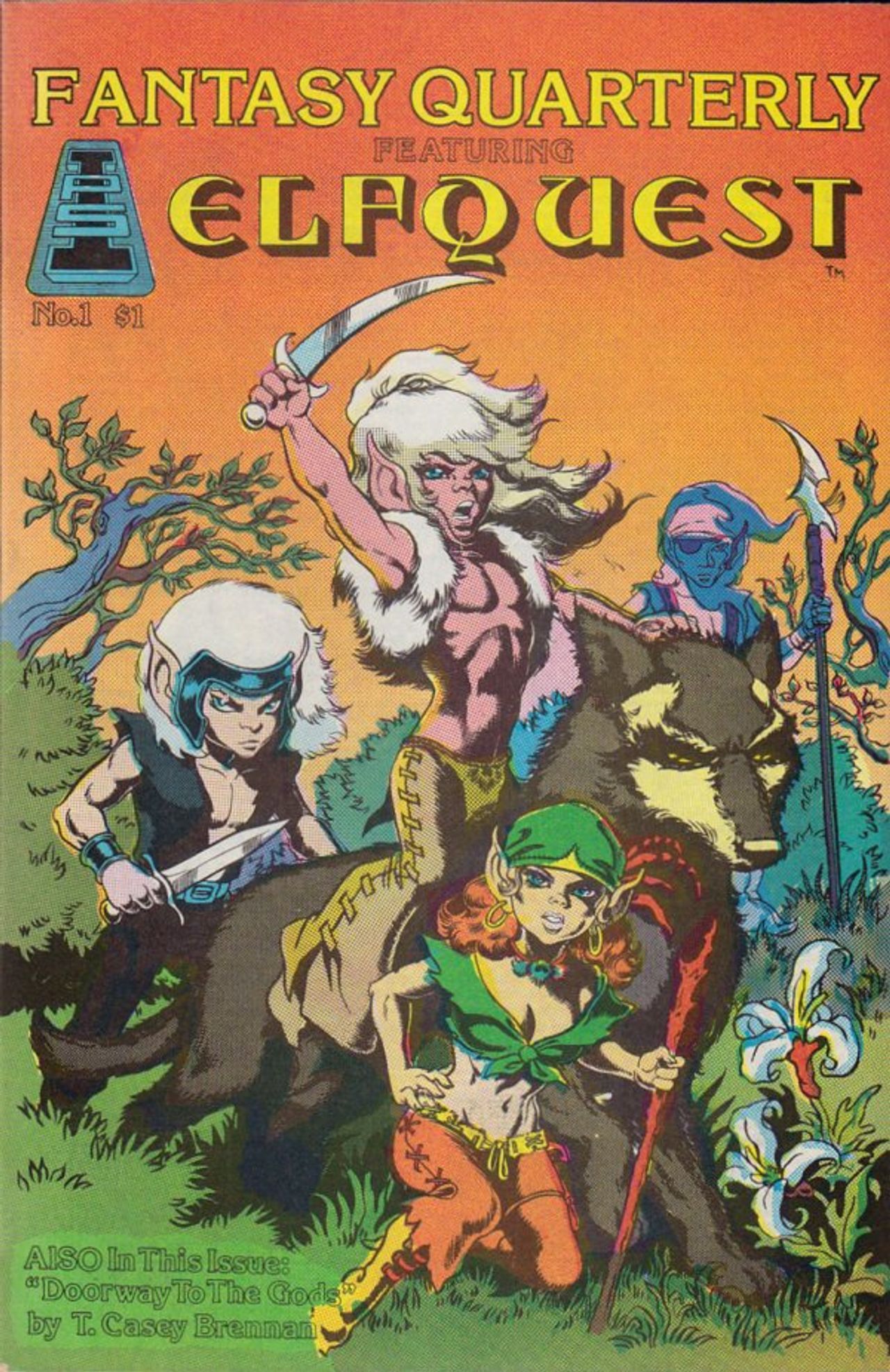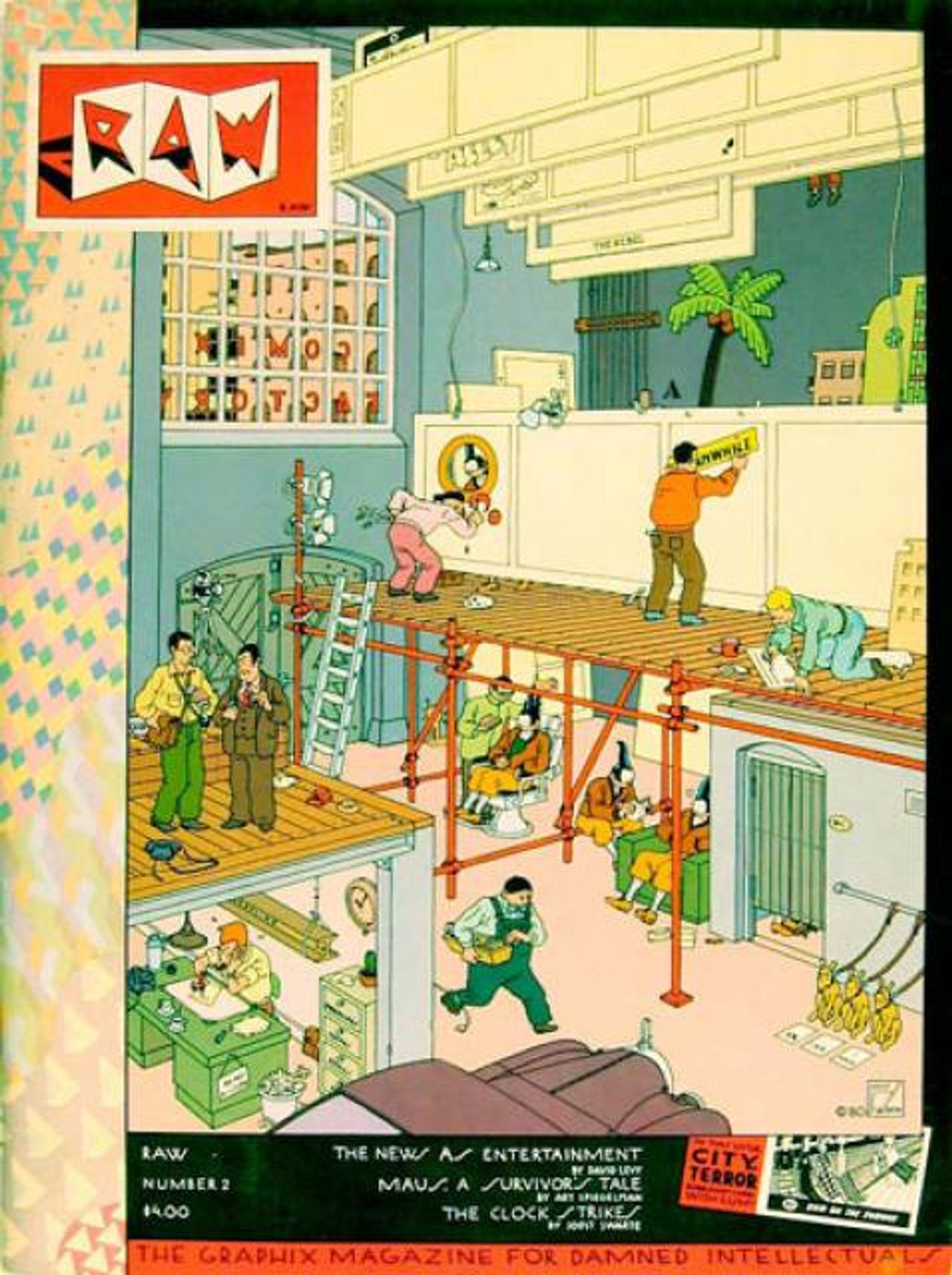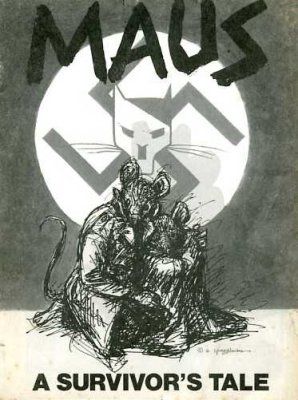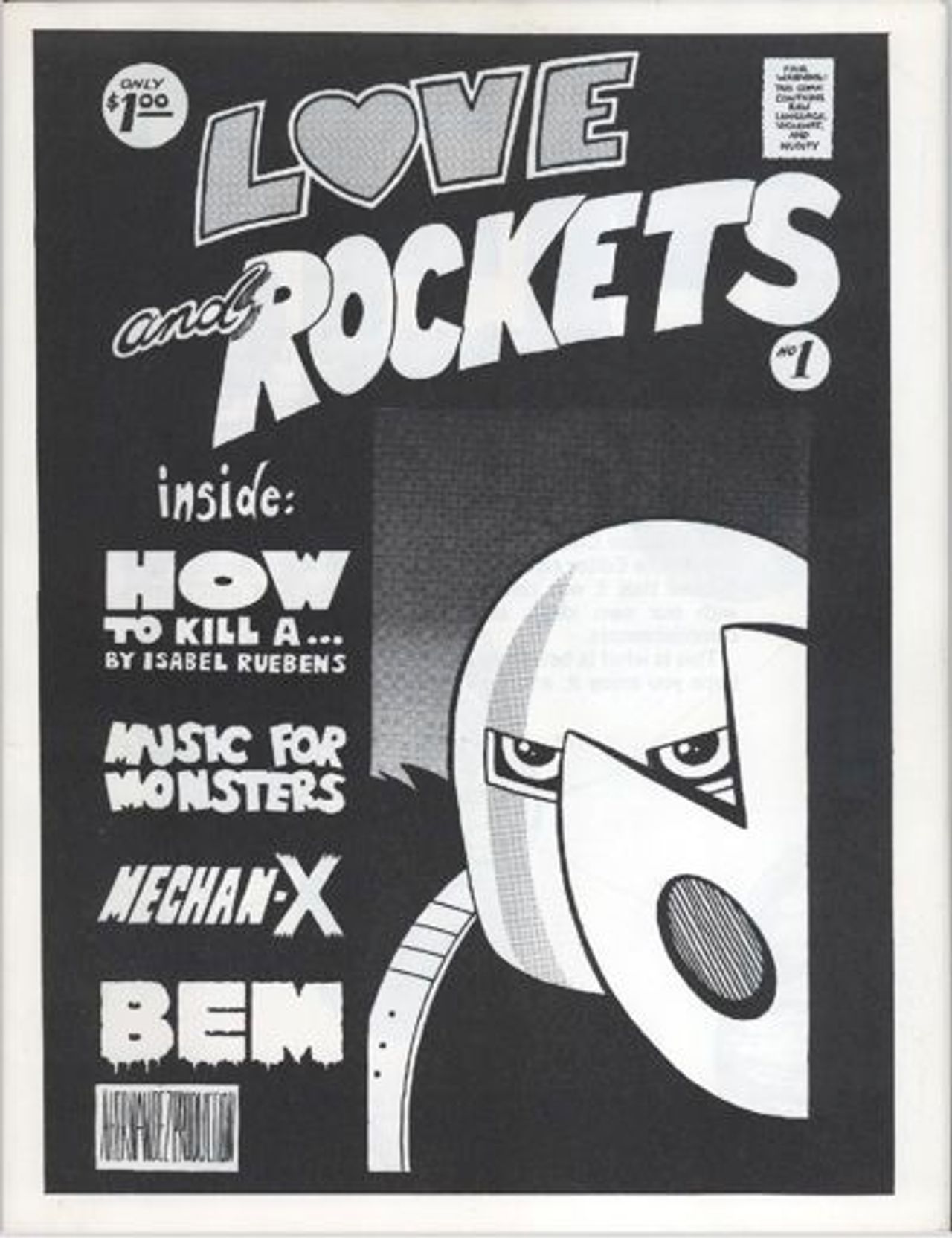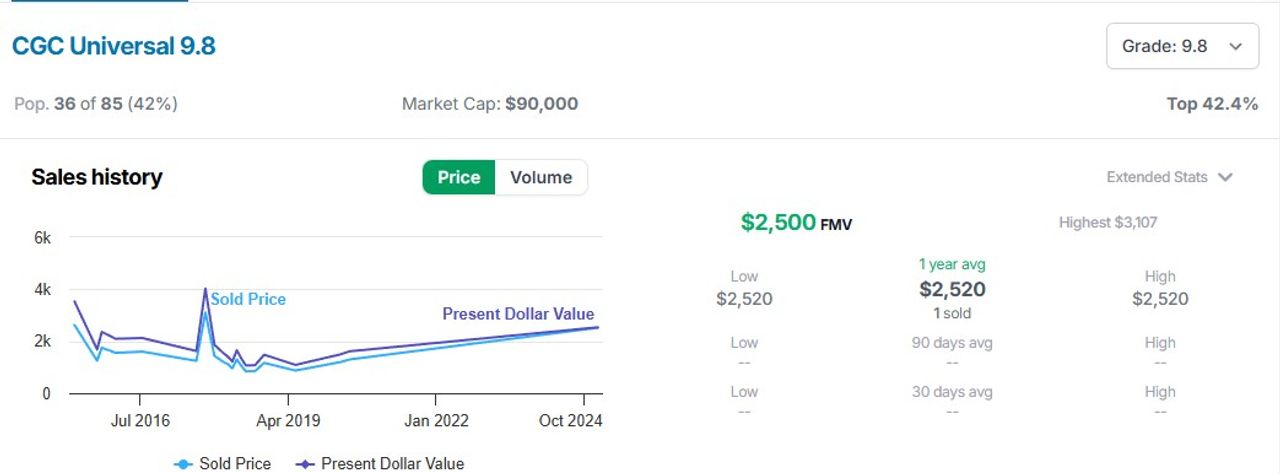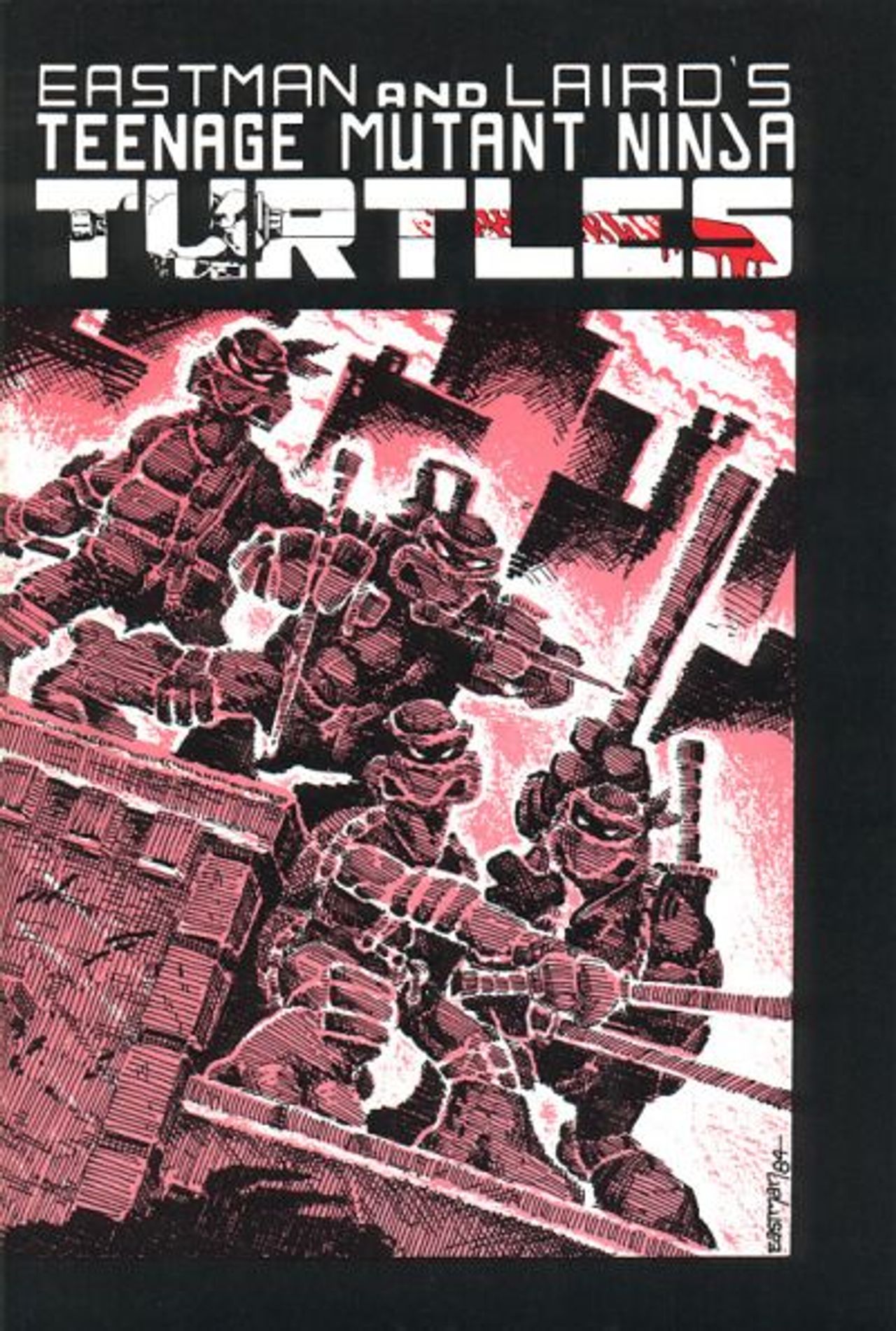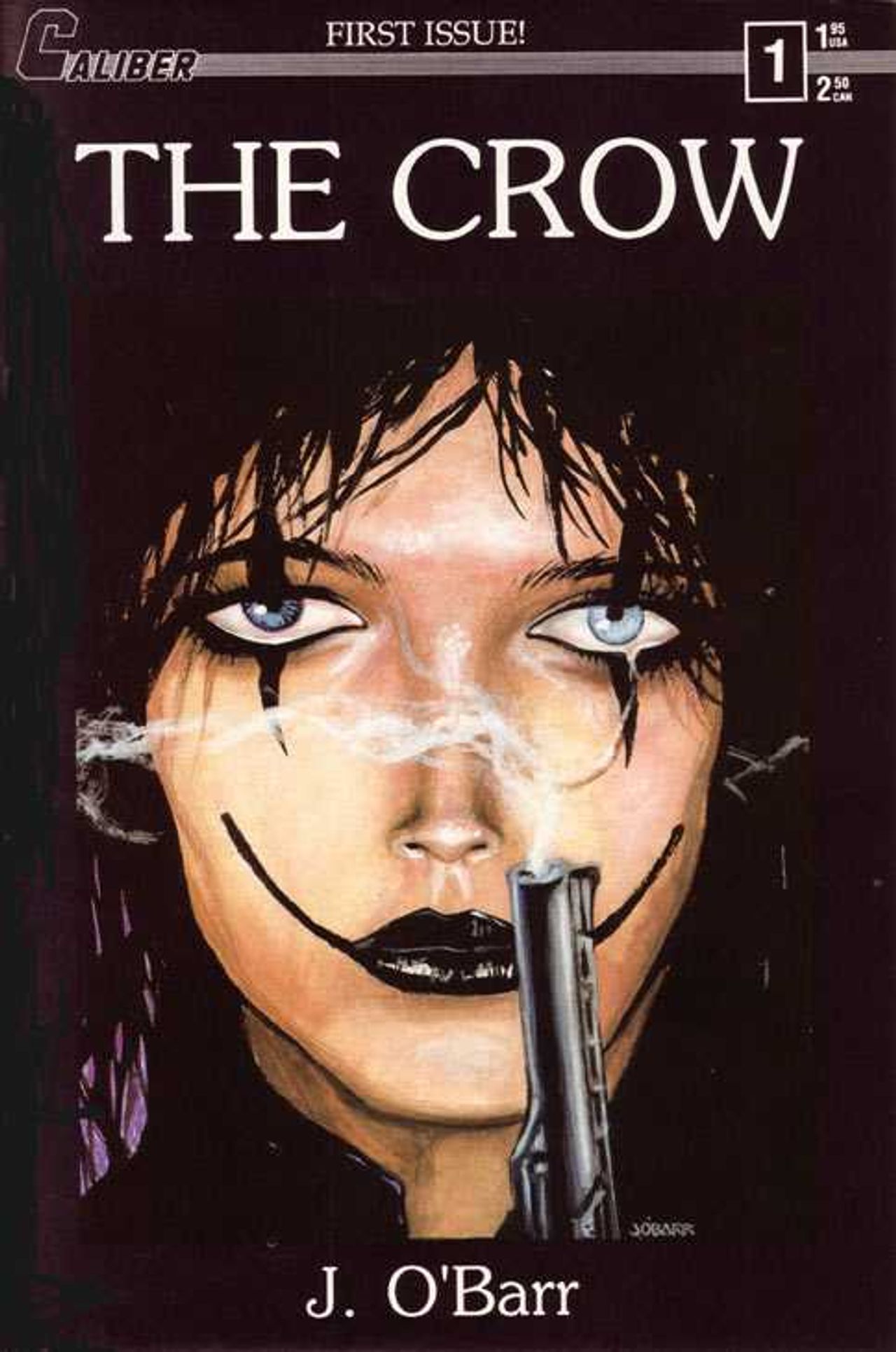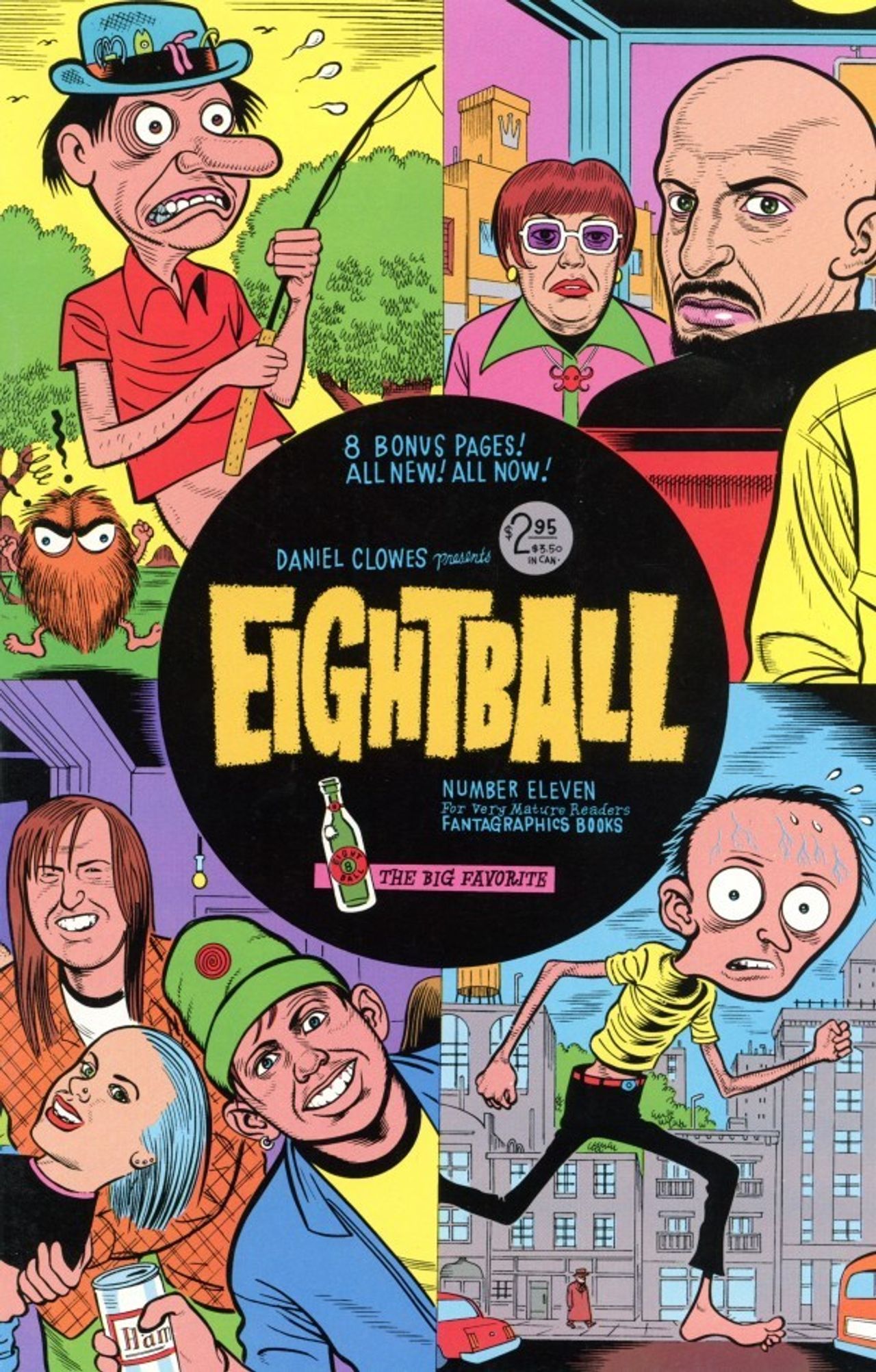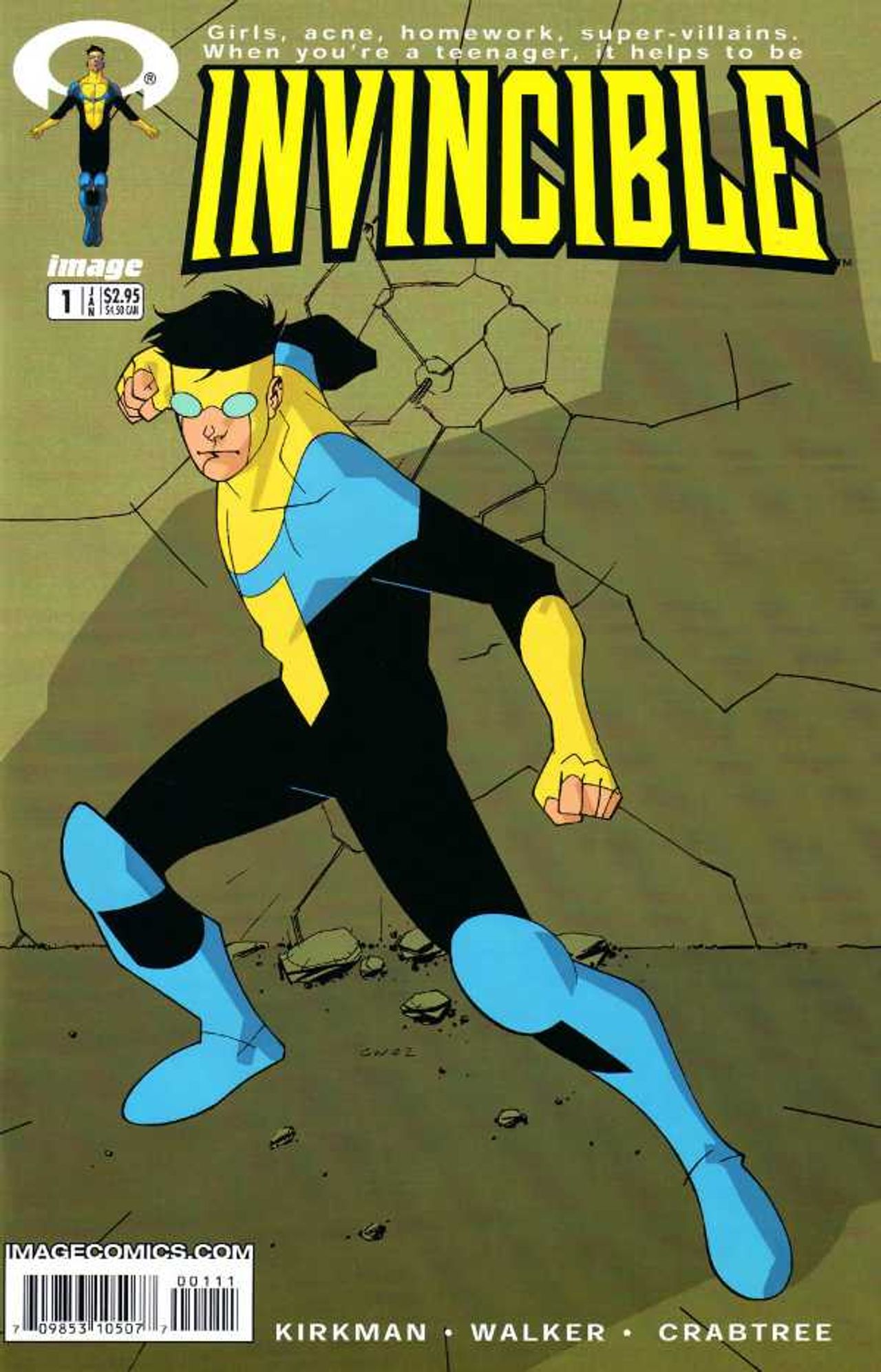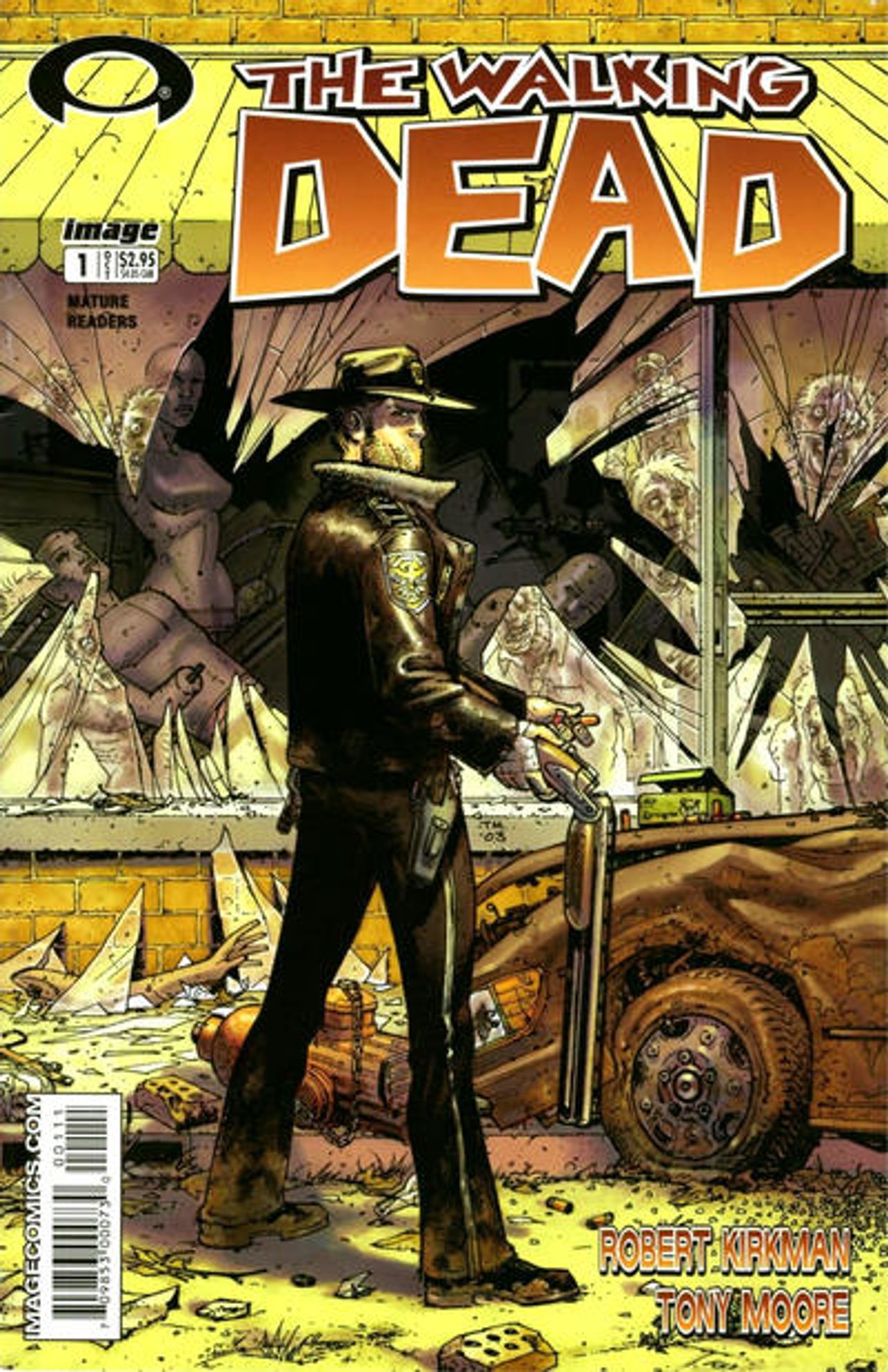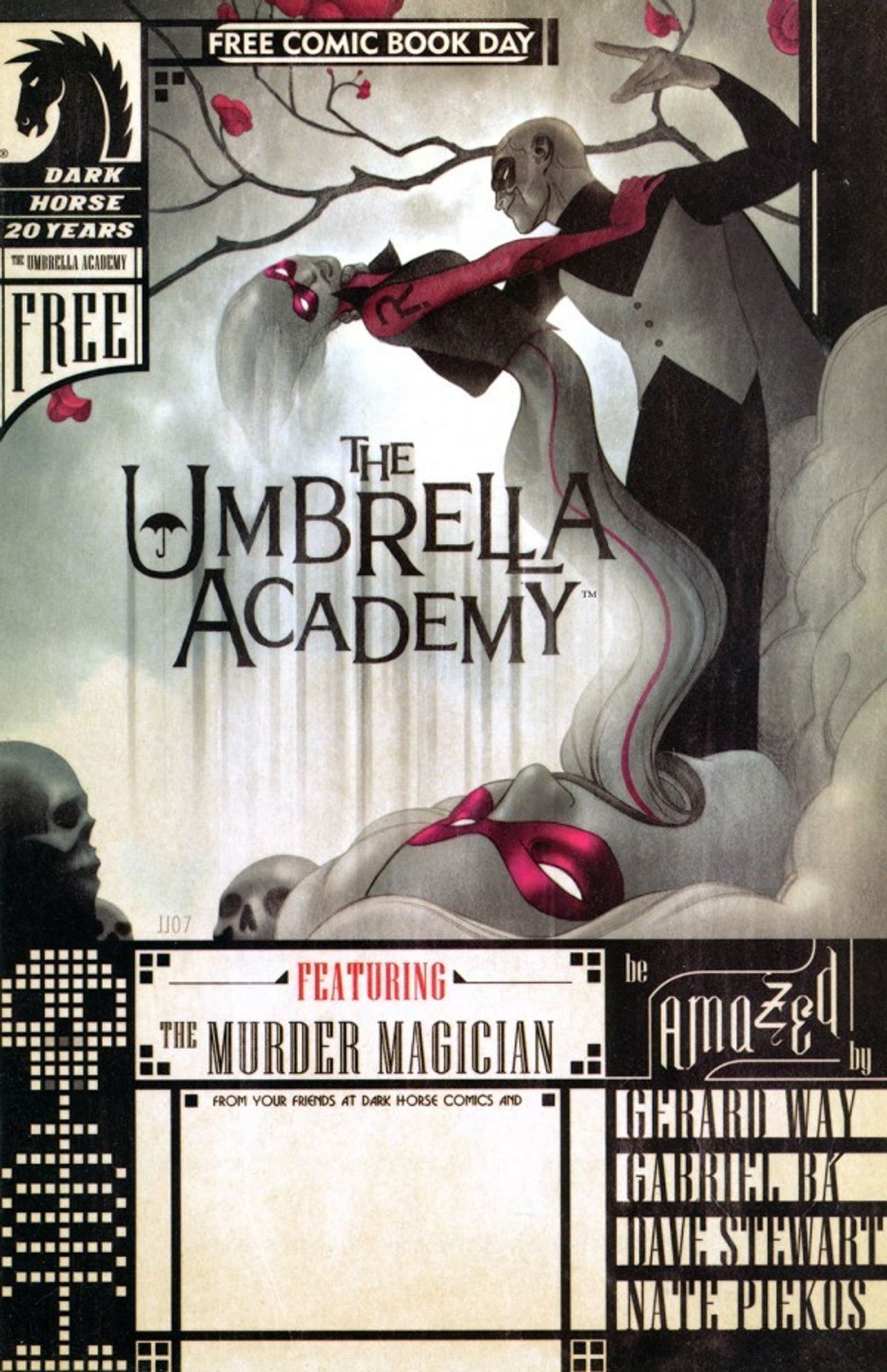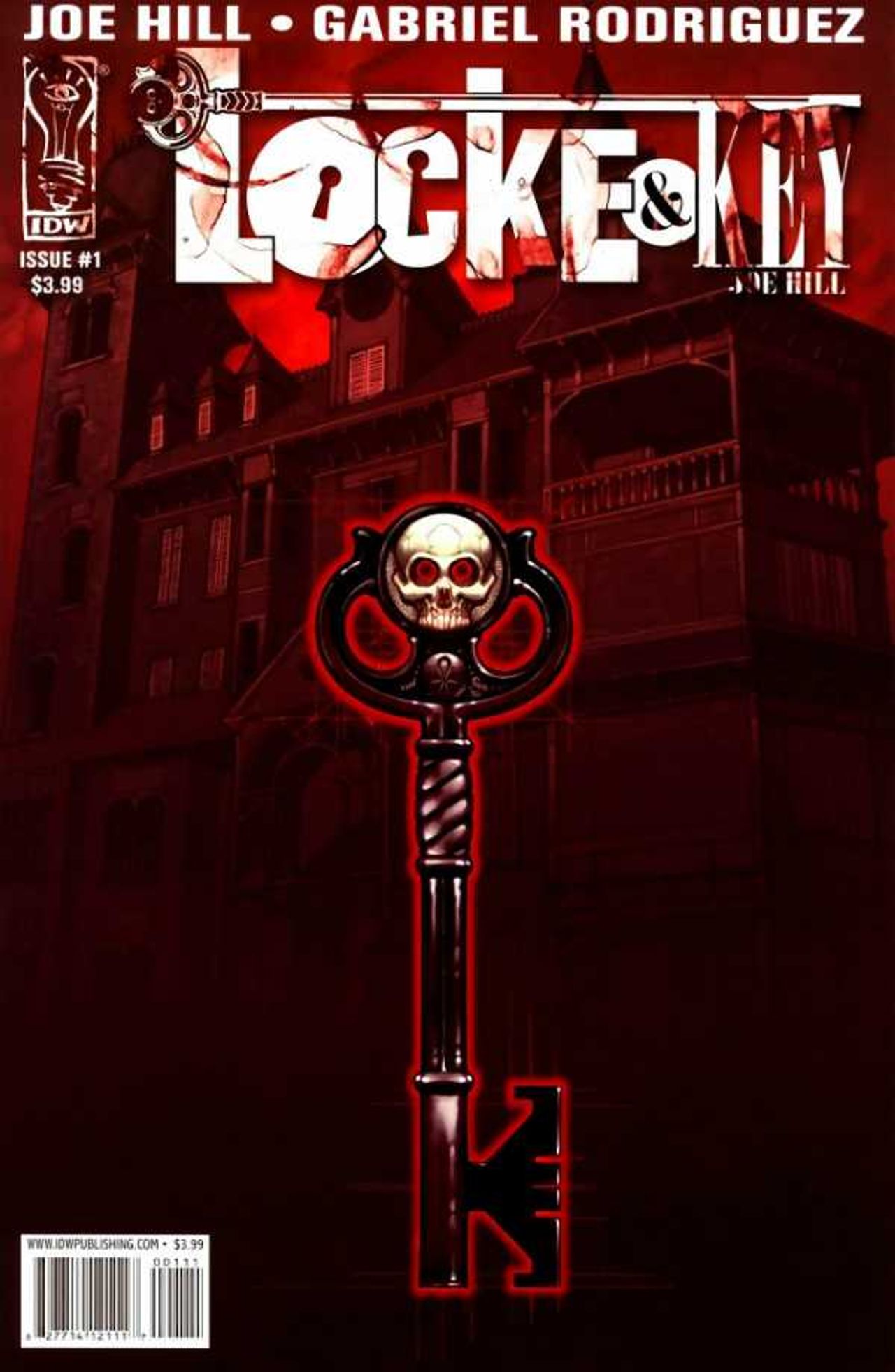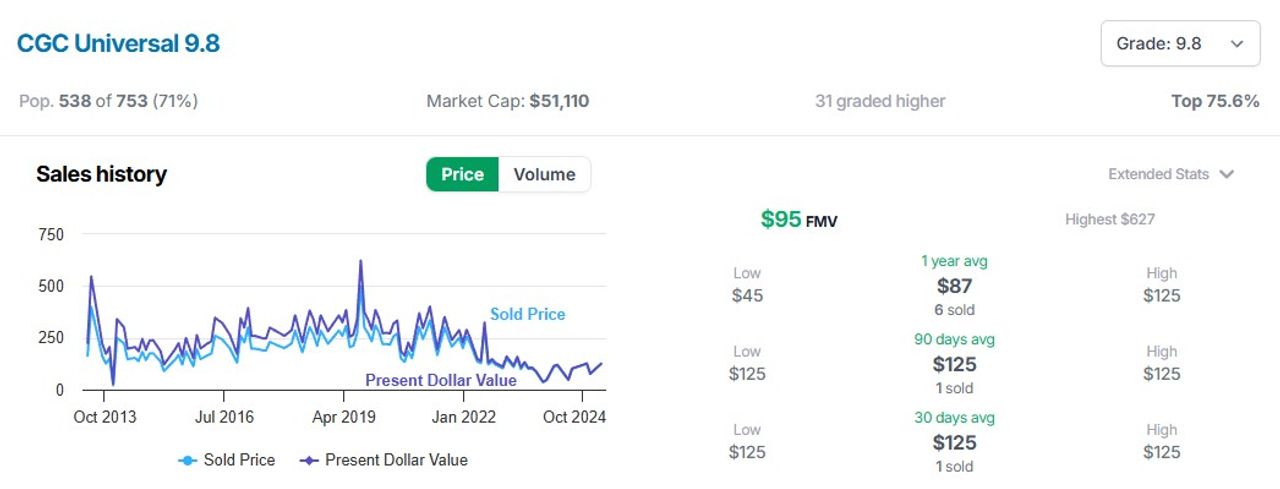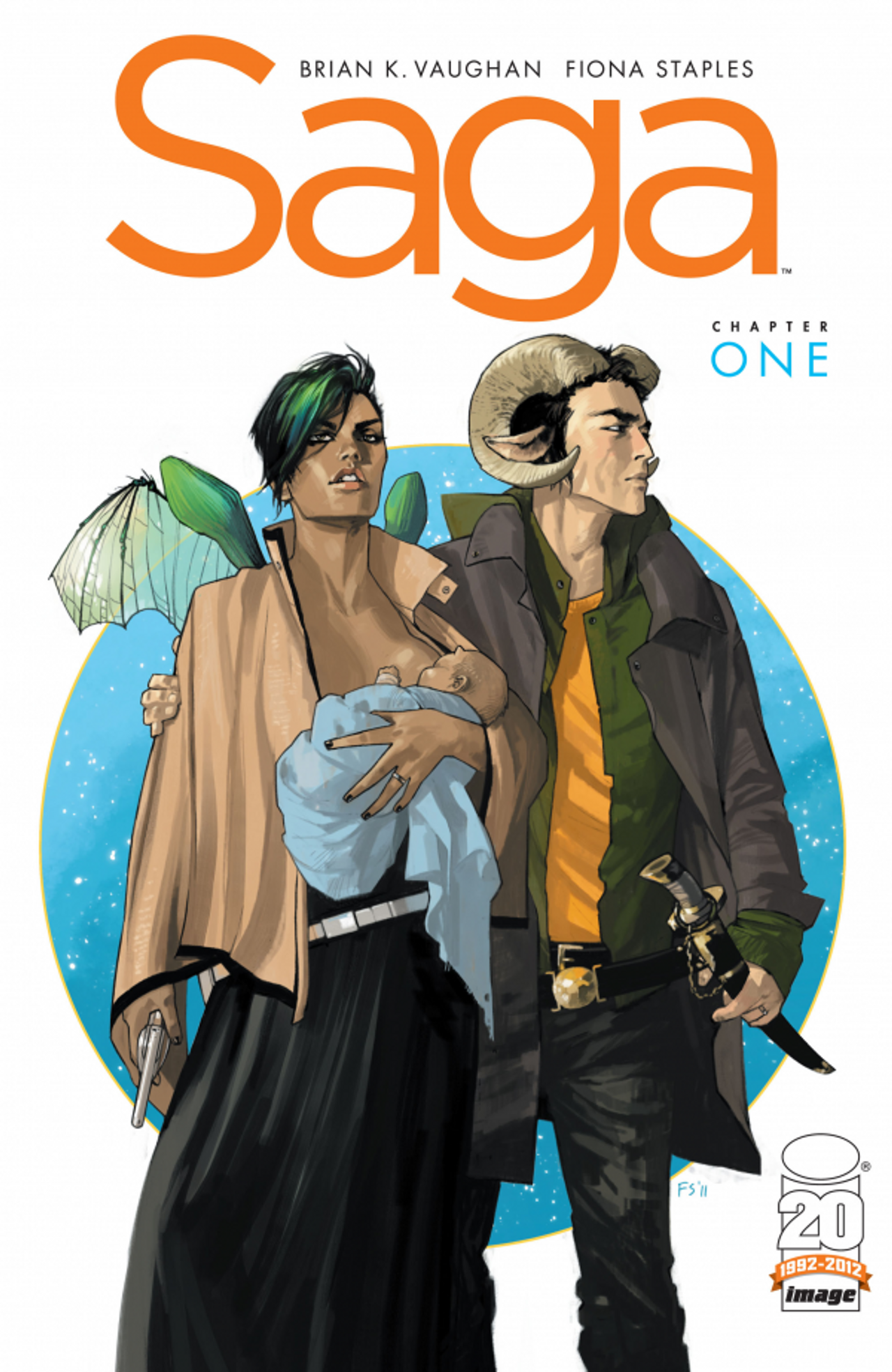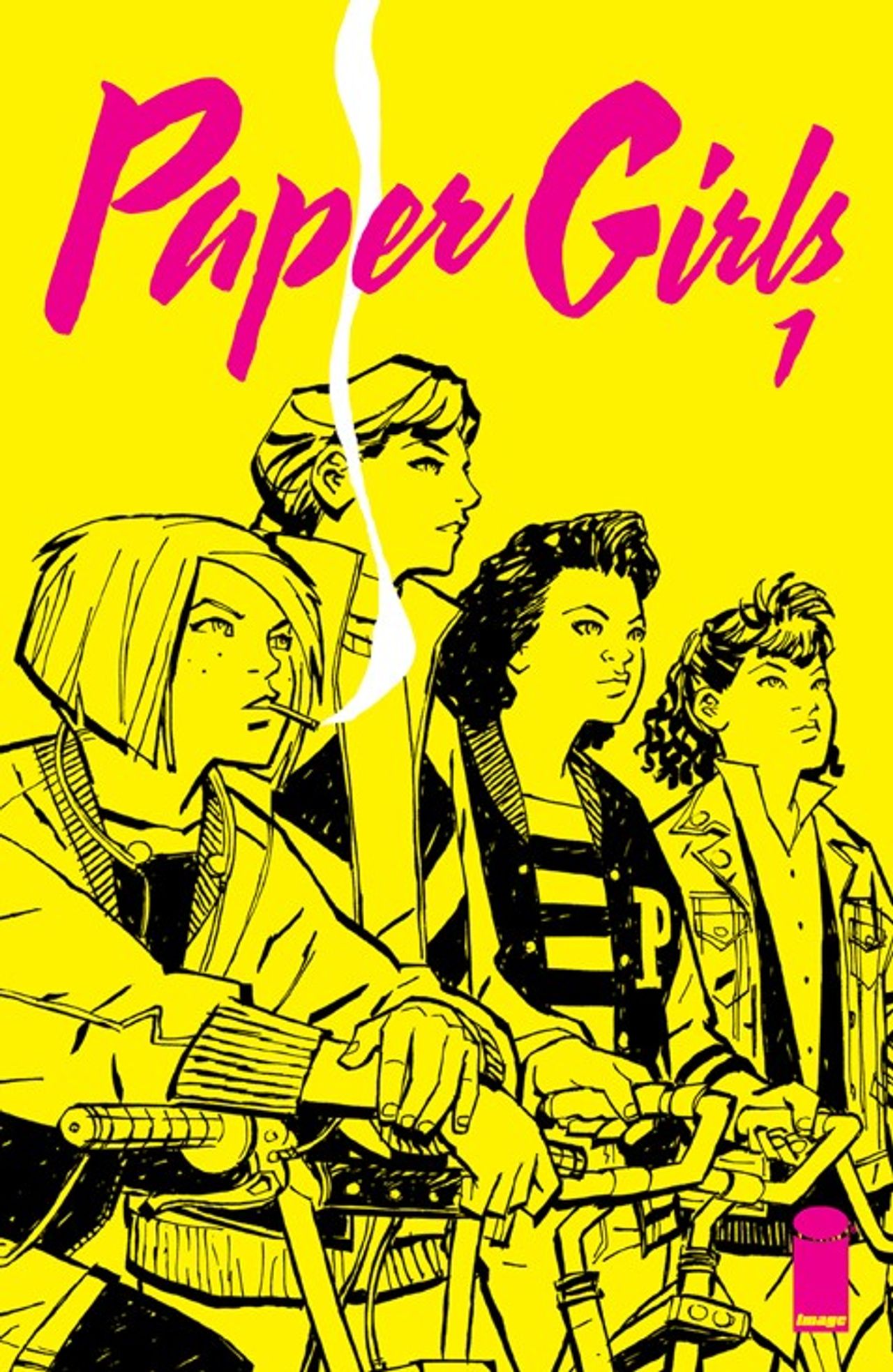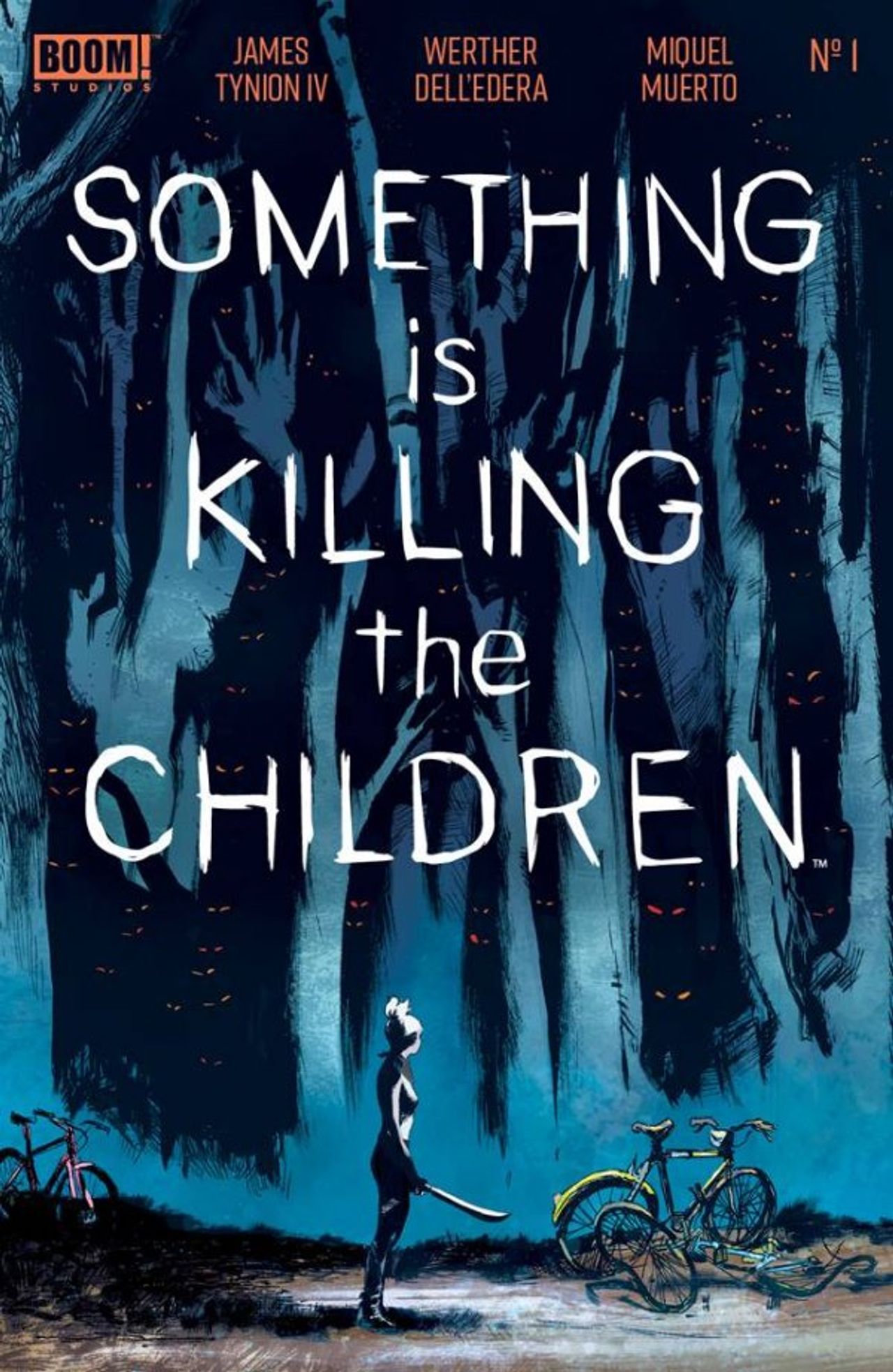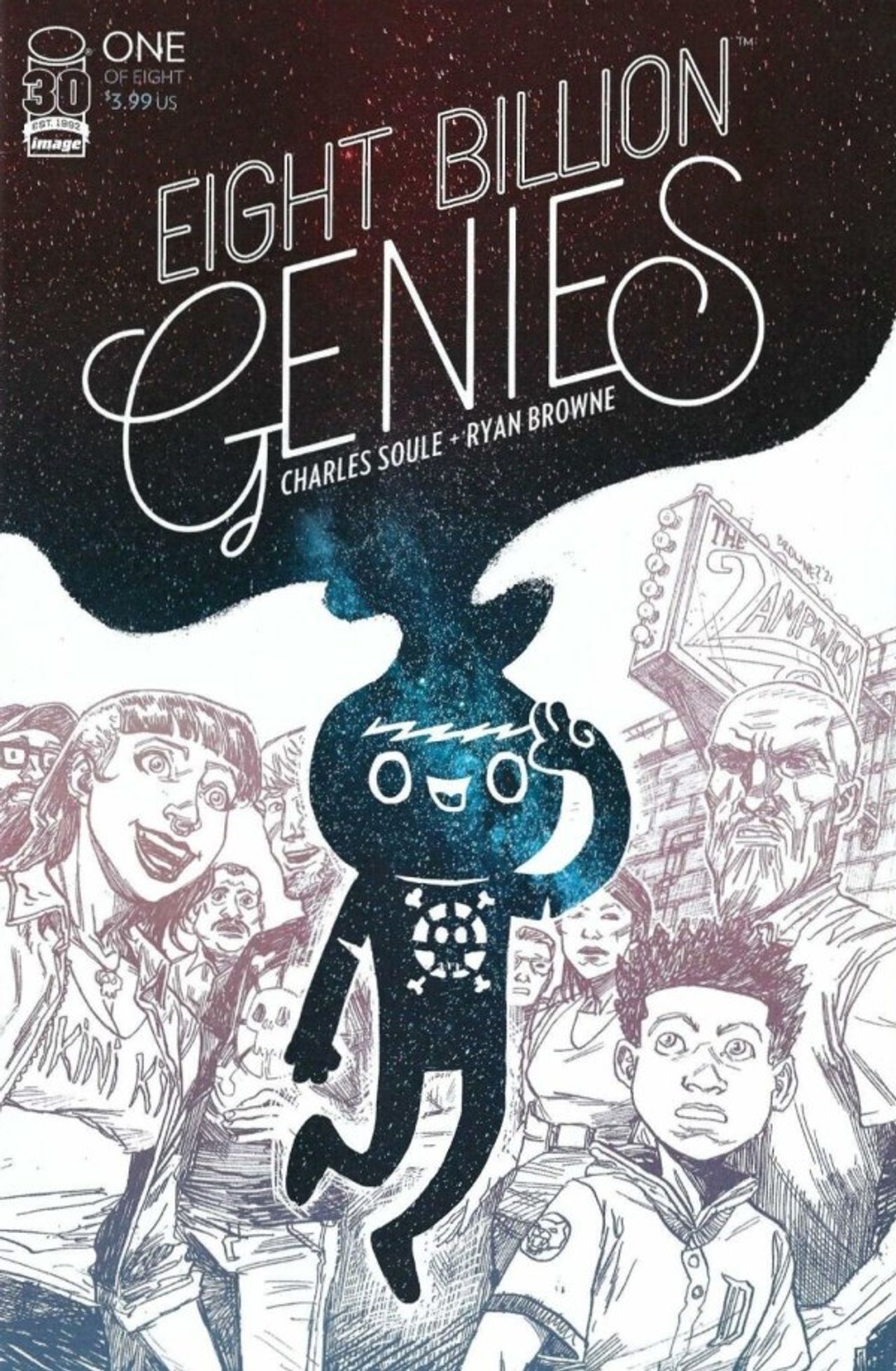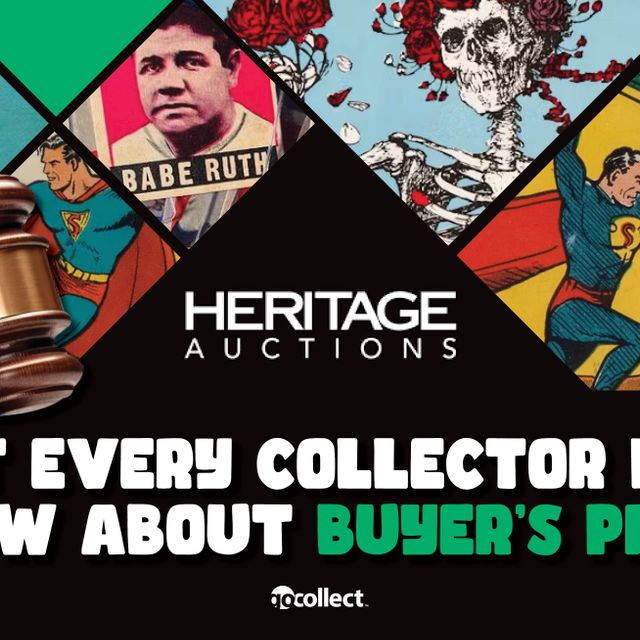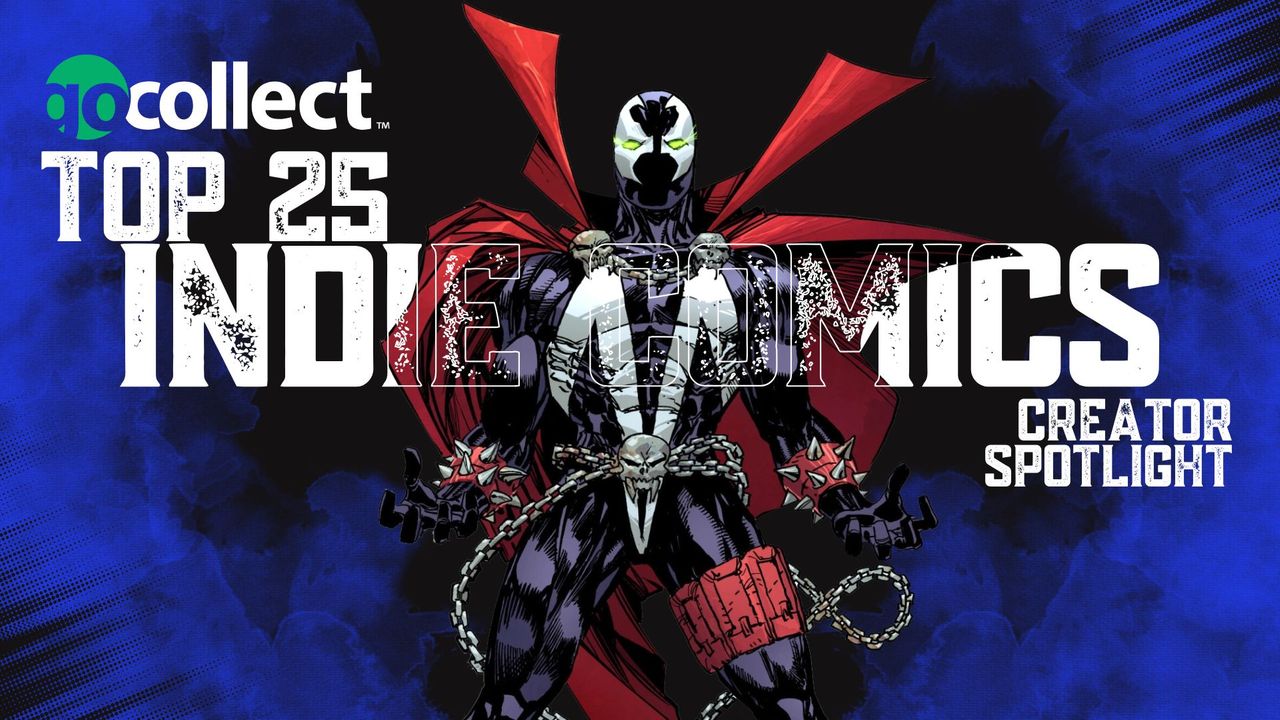
Is it the bold artwork? Unforgettable storytelling? The small teams who risk it all to bring their vision to life? Sometimes it’s the cultural moment it captures—or the tragedy that shadows its creation.
Indie comics don’t just tell stories—they make statements. And the 25 books below stand out for all kinds of reasons: from first appearances and iconic art to breakout adaptations and underground influence. We’ll take a look at why they matter and how they’ve held up in the market.
Please note that this list is not a countdown, but rather a subjective selection based on data, perceived value, importance to the industry, and overall popularity extending beyond just the comic book community into broader pop culture. There are countless other incredible indie titles that didn't make this particular list, and their impact is no less significant. Ultimately, you be the judge – you decide which are your greatest indie titles.
Here’s a spotlight on 25 indie comics that helped shape the landscape:
(1967, Print Mint) Key Significance: The first appearance of Mr. Natural, credited with starting the adult-themed indie comics movement, was a significant foundational work of the underground comix movement. With "printed by Charles Plymell" on the back, this first print pushed boundaries with its counter-cultural themes, experimental art styles, and adult content, thereby challenging mainstream comics and paving the way for alternative and independent expressions within the medium.
Underground counterculture themes and adult humor. Creative Team: Robert Crumb (writer & artist) | ||
(1976, Harvey Pekar) Key Significance: American Splendor is important for pioneering autobiographical comics, presenting the mundane realities of Harvey Pekar's life with raw honesty and influencing a generation of cartoonists to explore personal narratives within the medium. Synopsis: Autobiographical stories about the everyday life of Harvey Pekar. Creative Team: Harvey Pekar (writer) | ||
(1977, Aardvark-Vanaheim) Key Significance: With only 2,000 copies in its first printing, this marked the debut of Cerebus the Aardvark and the start of one of the longest-running self-published comic series. It is notable for launching Dave Sim's ambitious and experimental independent comic series, which became a significant, albeit controversial, example of creator-owned artistic freedom and long-form storytelling in comics through its exploration of diverse genres and complex themes over its 300-issue run. Synopsis: The adventures of Cerebus, an anthropomorphic aardvark. Creative Team: Dave Sim (writer & artist) | ||
(1977, IPC) First appearance of Judge Dredd. Came with “biotronic” stickers—yes, really. A key British comic with global influence. 2000 AD #2, featuring the debut of Judge Dredd, is significant for introducing a uniquely cynical and authoritarian anti-hero in a dystopian future, heavily influencing British comics and science fiction with its dark humor and social commentary. Judge Dredd himself became a cultural icon, impacting subsequent comic characters and narratives with his uncompromising portrayal of law and order Synopsis: Sci-fi action with Judge Dredd enforcing the law in a dystopian future. Creative Team: Ken Armstrong, Robert Flynn, Kelvin Gosnell, Peter Harris, Gerry Finley-Day, Tom Tully (writers) | ||
(1978, Independent Publishers Syndicate) Key Significance: First appearance of ElfQuest. A fantasy classic—an ElfQuest animated series is in development. Fantasy Quarterly featuring Elfquest is significant for introducing Wendy and Richard Pini's Elfquest, a pioneering independent fantasy comic with a dedicated following, showcasing serialized storytelling and world-building outside the mainstream and demonstrating the potential for creator-owned epics. Synopsis: The journey of the Wolfriders, a tribe of elves. Creative Team: Wendy and Richard Pini (writers & artists) | ||
(1980, Raw Books Graphics) Key Significance: Chapter One of Maus by Art Spiegelman. Released as inserts over several issues of Raw before becoming the Pulitzer-winning graphic novel we know today. Maus is important for its groundbreaking depiction of the Holocaust through anthropomorphism, demonstrating the profound literary and educational potential of graphic novels and earning significant critical acclaim, including a Pulitzer Prize. Synopsis: A Holocaust narrative using anthropomorphic animals. Creative Team: Art Spiegelman (writer & artist). (1980, Raw Books Graphics) | ||
(1981, Los Bros. Hernandez) Key Significance: Love and Rockets is a key for its groundbreaking portrayal of diverse characters and relationships, its literary approach to sequential art, and its significant influence on alternative and independent comics by demonstrating the power of character-driven narratives outside of mainstream superhero tropes. Synopsis: Intertwined stories of characters in California and Mexico. Creative Team: Los Bros. Hernandez (Gilbert Hernandez, Jaime Hernandez, Mario Hernandez) (writers & artists). | ||
(1982, Comico) Key Significance: First appearances of Grendel (Hunter Rose) and Argent the Wolf. Gritty, stylized, and a collector’s gem for 80s indie fans. Grendel is an exploration of complex anti-hero narratives, dynamic visual storytelling, and its lasting influence on the depiction of morally ambiguous protagonists within the independent comics scene Synopsis: Dark and violent tales of Grendel, a masked assassin. Creative Team: Gerry Giovinco and Matt Wagner (writers & artists) | ||
Teenage Mutant Ninja Turtles #1 (1984, Mirage Studios) Key Significance: Origin of the TMNT, Splinter, and Shredder. Only 3,000 copies printed. This book sparked a phenomenon. Teenage Mutant Ninja Turtles is a key comic for its unexpected success blending martial arts, humor, and anthropomorphic characters, launching a massive multimedia franchise that demonstrated the potential for independent comics to achieve mainstream popularity and cultural impact Synopsis: Four mutated turtles trained in ninjutsu fight crime in New York City. Creative Team: Kevin Eastman and Peter Laird (writer & artist). | ||
(1985, Eclipse) Key Significance: Reintroduction of Marvelman as Miracleman. Alan Moore helped reimagine the superhero genre with this book. Miracleman #1 is a key comic for its groundbreakingly mature and deconstructive take on the superhero genre, introducing complex themes and realistic consequences that significantly influenced the evolution of superhero comics towards darker and more sophisticated storytelling. Synopsis: A dark and deconstructionist take on superheroes. Creative Team: Alan Moore, Dez Skinn (Writers) | ||
(1989, Caliber) Key Significance: First full appearance and solo series of The Crow. A tragic story behind the scenes mirrors the comic’s dark tone. Adapted to a cult classic movie starring Brandon Lee, who died tragically during the filming of the movie. The Crow comic is a key work for its dark, romantic, and violent narrative that resonated with a counter-culture audience, pioneering a specific tone and aesthetic within the medium and significantly influencing subsequent comics and popular culture through its themes of loss and vengeance. Synopsis: A man returns from the dead to avenge his and his fiancée's murder. Creative Team: James O’Barr (writer & artist) | ||
(1991, Cartoon Books) Key Significance: First appearance of Fone Bone and the rest of the cast. Netflix picked it up in 2019—but sadly, development stalled in 2022. Bone's importance lies in its successful blend of genres, creator-owned triumph, and sophisticated all-ages appeal, significantly impacting the rise of young adult graphic novels and demonstrating the artistic potential of long-form comic storytelling. Synopsis: The adventures of the Bone cousins in a strange valley. Creative Team: Jeff Smith (writer & artist) | ||
Dark Horse Presents 5th Anniversary Special (1991, Dark Horse Comics) Key Significance: The debut of Frank Miller's Sin City in Dark Horse Presents Fifth Anniversary Special was significant for introducing his stark, high-contrast black and white art style and hardboiled crime narrative, which would go on to have a major influence on the visual and thematic landscape of modern comics and graphic novels. This is also where Sin City's Marv made his first appearance. Synopsis: Hardboiled crime stories in the dark and gritty Sin City. Creative Team: Frank Miller, Paul Chadwick, Matt Wagner, Randy Stradley, Tom McWeeney, Chris Warner, John Arcudi, Mark Verheiden, Rich Hedden, Anina Bennett, Andrew Vachss (Writers) | ||
(1992, Image Comics) Key Significance: Featuring the first appearances of Spawn, Sam & Twitch, and Malebolgia, this was a groundbreaking success in the 90s independent comic scene. Created by McFarlane, Spawn is notable for its dark and visually striking superhero aesthetic. The series was a successful launch for Image Comics during the 1990s and has had a lasting multimedia presence, proving the commercial viability of creator-driven superhero stories. Spawn is now the longest-running independent comic book series. Synopsis: A hellspawn seeks vengeance and fights supernatural forces. Creative Team: Todd McFarlane (writer & artist). | ||
(1993, Dark Horse Comics) Key Significance: Notable for the first in-color appearance of Mike Mignola's Hellboy in his own distinct universe (following a preview in San Diego Comic-Con Comics #2), launching a beloved supernatural hero with a unique blend of pulp adventure, horror, and mythology that significantly impacted the landscape of independent comics. Synopsis: A team of genetically engineered individuals discover their origins. Creative Team: John Byrne (writer & artist) and Mike Mignola (artist). | ||
(1993, Fantagraphics Books) Key Significance: Featuring the debut of Daniel Clowes' Ghost World, a critically acclaimed and influential graphic novel that captured the ennui and alienation of youth with sharp wit and poignant observation, and which was later adapted into a film that received an Academy Award nomination for Best Adapted Screenplay, contributing to the growing recognition of graphic novels as serious literature and source material for film. Synopsis: Stories about disaffected youth and social commentary. Creative Team: Daniel Clowes (writer & artist). | ||
(2003, Image Comics) Key Significance: The first appearance of Invincible, Omni-Man, and Titan, initially had low retailer orders of only 10,800 copies. However, it has now become an Amazon animated hit and is crucial for launching Robert Kirkman's critically acclaimed superhero series. This series offers a fresh and often brutal perspective on familiar superhero tropes, evolving from a traditional narrative into a complex and emotionally resonant epic. It has significantly impacted the landscape of modern superhero comics. Synopsis: A teenage superhero learns about his powers and his father’s true nature. Creative Team: Robert Kirkman (writer), Cory Walker and Ryan Ottley (artists). | ||
(2003, Image Comics) Key Significance: Robert Kirkman's The Walking Dead #1, featuring the debut of Rick Grimes and Shane Walsh with an initial print run of only 7,266 copies, holds significant importance as the launchpad for an independent comic series that, through its AMC adaptation, achieved global phenomenon status and profoundly influenced the zombie genre in popular culture. Synopsis: Survivors try to live in a world overrun by zombies. Creative Team: Robert Kirkman (writer), Tony Moore (artist). | ||
The Umbrella Academy #1: FCBD 2007 (2007, Dark Horse Comics) Key Significance: Noteworthy for its distinctive blend of dysfunctional family dynamics, superhero action, and quirky storytelling, created by Gerard Way and Gabriel Bá. Its unique approach resonated with readers and led to a successful Netflix adaptation, demonstrating the potential for unconventional superhero narratives to find mainstream appeal in both comics and visual media. Synopsis: A dysfunctional family of superheroes reunite after their father’s death. Creative Team: Gerard Way (writer), Gabriel Bá (artist) | ||
(2008, IDW) Key Significance: Joe Hill, the son of Stephen King, and Gabriel Rodríguez's Locke & Key #1 is significant for its compelling blend of dark fantasy, horror, and family drama, set within a mysterious ancestral home filled with magical keys. Its intricate plot and well-developed characters garnered critical acclaim and a dedicated following, leading to a successful Netflix adaptation and demonstrating the power of creator-owned horror narratives in comics. Synopsis: Siblings move into a mysterious house filled with magical keys. Creative Team: Joe Hill (writer), Gabriel Rodriguez (artist). | ||
(2012, Image Comics) Key Significance: By Brian K. Vaughan and Fiona Staples, is a space-fantasy epic that captivated readers with its imaginative fusion of science fiction and fantasy elements, compelling characters, and striking artwork. This creator-owned comic book series resonated with fans and critics alike, demonstrating the power of innovative storytelling and visual artistry, and paving the way for a new era of modern comics. Synopsis: A couple from warring alien races try to protect their newborn child. Creative Team: Brian K. Vaughan (writer), Fiona Staples (artist).. | ||
(2015, Image Comics) Key Significance: By Brian K. Vaughan and Cliff Chiang, holds importance for its captivating blend of mystery and time travel centered on a group of young women, earning critical acclaim and a dedicated following that led to a streaming adaptation, showcasing the appeal of character-driven adventure with a retro twist Synopsis: Four paper girls in 1988 get caught up in a time-traveling conflict. Creative Team: Brian K. Vaughan (writer), Cliff Chiang (artist).. | ||
Something is Killing the Children #1 (2019, Boom! Studios) Key Significance: James Tynion IV and Werther Dell'Edera's Something is Killing the Children #1 introduces Erica Slaughter, a protector of children against monstrous threats. This comic holds significance due to its compelling horror story, evocative artwork, and quick rise in popularity, demonstrating the continued strength of the horror genre in contemporary comics. The comic's success has also paved the way for an upcoming Netflix adaptation. Synopsis: A small town is plagued by monsters that only children can see, and a mysterious monster hunter arrives to help. Creative Team: James Tynion IV (writer), Werther Dell’Edera (artist). | ||
(2022, Image Comics) Key Significance: Daniel Warren Johnson's Do a Powerbomb! #1 is notable for its energetic fusion of professional wrestling and fantasy elements, delivered with dynamic and expressive artwork. Its unique premise and passionate execution quickly garnered critical acclaim and a dedicated readership, culminating in a 2023 Eisner Award win, showcasing the potential for inventive genre-blending in modern comics. Synopsis: A wrestler attempts to revive her deceased mother using necromancy, which leads to a wrestling tournament with supernatural stakes. Creative Team: Daniel Warren Johnson (writer & artist). | ||
(2022, Image Comics) Key Significance: Charles Soule and Ryan Browne's Eight Billion Genies #1 is significant for its imaginative premise: what if everyone on Earth got one wish? This compelling concept unfolds with dynamic storytelling and engaging artwork, quickly earning critical acclaim and a dedicated following. Recognizing its broad appeal, Amazon is developing movie and TV adaptations, with Seth Rogen attached as a producer, highlighting the story's potential for large-scale multimedia success. Synopsis: At the same moment, every person on Earth is granted one wish, leading to chaotic and unpredictable consequences. Creative Team: Charles Soule (writer), Ryan Browne (artist). | ||
I sincerely hope this compilation of 25 fantastic indie titles sparks your interest. Whether you're on the hunt for rare finds as a collector, seeking compelling narratives as a reader, or aiming to understand their place in history, there's something here for everyone to discover and appreciate.
To delve deeper into our thoughts on these titles and discover some other honorable mentions, head over to my YouTube channel
I'm always on the lookout for more great indie books – what are some of your favorites? Share your recommendations with me in the comments!
